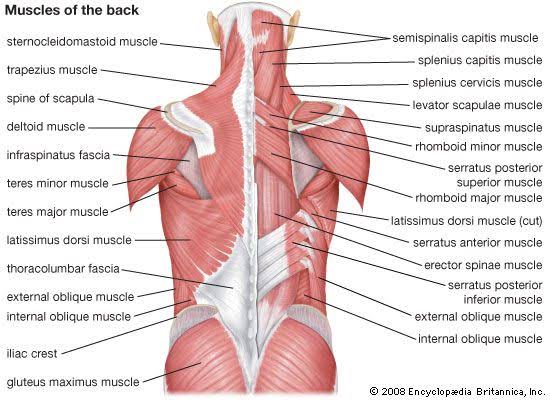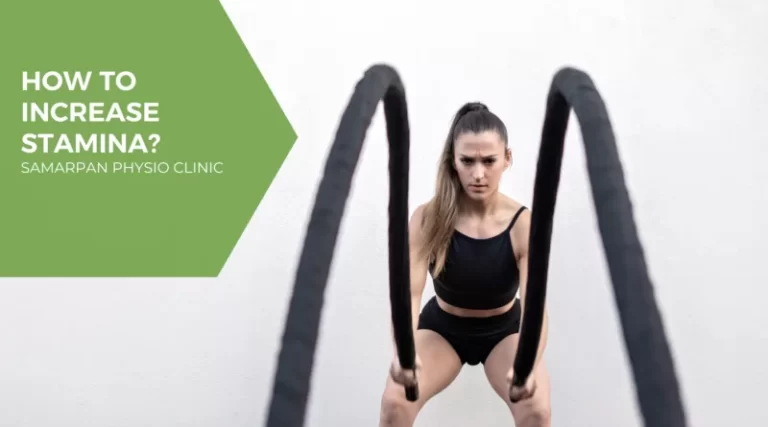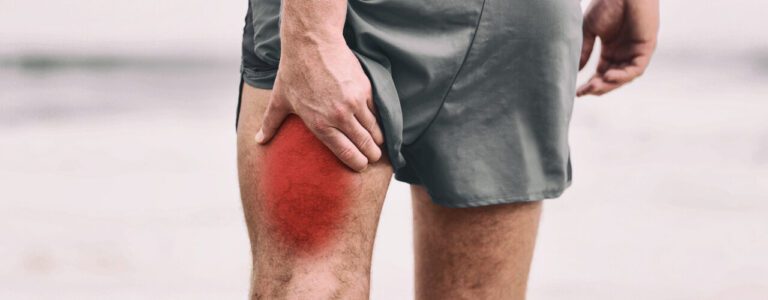Strength Training vs Power Training
Table of Contents
What is the Difference Between Strength Training vs Power Training?
Strength training and power training are both forms of resistance training that aim to improve physical performance, but they focus on different aspects of muscular fitness. While there is some overlap between the two, they have distinct characteristics and training goals.
Strength Training:
Strength training primarily focuses on increasing maximal strength and muscle mass. The main objective is to lift heavy weights to develop greater force production capabilities. This type of training involves using high resistance and lower repetitions, typically in the range of 1 to 6 reps per set, with longer rest periods between sets. The emphasis is on gradually increasing the load lifted over time to build strength.
The benefits of strength training include improved muscle strength, increased bone density, enhanced joint stability, and increased muscle size (hypertrophy). It is commonly used by athletes in sports like powerlifting, strongman competitions, and contact sports that require significant strength.
Power Training:
Power training, on the other hand, focuses on developing explosive strength and speed. Power is the ability to generate force quickly, which is important for activities that require rapid muscular contractions, such as sprinting, jumping, and throwing. Power training involves lifting moderate to heavy weights at a high velocity to enhance the rate of force development.
Power training methods include exercises like plyometrics, Olympic weightlifting movements (such as the snatch and clean and jerk), medicine ball throws, and jump training. These exercises typically involve lower to moderate repetitions (around 1 to 8 reps per set) performed with maximal effort and short rest periods. The goal is to improve the muscles’ ability to generate force rapidly.
The benefits of power training include enhanced explosiveness, improved athletic performance, increased speed and agility, and better coordination. It is commonly used by athletes in sports such as track and field, basketball, football, and martial arts.
The main difference between Power Training vs Strength Training is, that strength mention to the ability to reduce resistance, while power mention to the capacity to overcome resistance in the shortest period of time.
Strength Training vs Power Training Comparison:
| NO | Strength Training | Power Training |
| 1. | The definition of strength is the ability to utilize force (measured in Newton’s) in sequence to reduce resistance. | The definition of power (measured in Watts) is the ability to use force in the shortest period of time. |
| 2. | Strength training primarily focuses on increasing maximal strength and muscle mass. The main objective is to lift heavy weights to develop greater force production capabilities. | It focuses on reducing resistance with speed or in a certain volume of time. |
| 3. | The physical formula of force is Force = mass * acceleration (F = m * a). | The formula of power = F * v (Force * velocity)= P W / t (Power = Work/time)= P |
| 4. | Strength training is defined as the ability of certain muscle groups that provide maximum force to reduce resistance in a single effort. | Power training is defined as when a group of muscles is able to produce maximal power in a short Period of time. |
| 5. | Power training differs in focusing on reducing resistance with speed or in a certain volume of time. | It causes a shift in the muscle fiber type towards a higher percentage of fast twitch fibers. |
| 6. | strength training is important : Improves Physical Health Improves Mental Health Maintains Muscle Mass Boosts Metabolism Enhances Quality of Life. | power training is important : Improved Cardiovascular Endurance Quicker Reaction Time Improves Balance and Coordination Improves Day-to-Day Skills. |
| 7. | To build stronger muscles, strength training exercises involve moving a given amount of weight from point A to point B. | Power training differs in focuses on reducing resistance with speed or in a certain volume of time. |
| 8. | Benefit athletes in sports as it improves physical and mental health, builds muscle mass, and also improves metabolism. Making strength can also improve daily life and longevity. | Power training differs in focusing on reducing resistance with speed or in a certain volume of time. |
| 9. | Benefits of Strength Training Benefit #1: Maintaining Muscle Tissue. Benefit #2: Increased Strength. Benefit #3: Improved Bone Health. Benefit #4: Controlled Body Fat. Benefit #5: Decreased Risk of Injury. | Benefits of Power Training Benefit # 1: Improved general mobility. Benefits of # 2: Increased strength and speed. Benefit #3: Being able to run and move faster, resulting in better performance in the gym or in sports. |
| 10. | Exercise to increase strength Squat. Deadlift. Glute Bridge. Push-Ups. Bent-Over Row. | Exercise to increase power Add balance exercises. Leg Press. Medicine Ball Squat Throws. Squat Jump. Barbell Curl. |
| 11. | Examples – Lifting Weights or heavy gardening. | Such as Jumping with weights or throwing weights. |
Summary:
In summary, strength training focuses on developing maximal strength and muscle mass through lifting heavy weights, while power training aims to improve explosive strength and speed through high-velocity movements. Both forms of training can be beneficial depending on the specific goals of the individual, and many athletes incorporate elements of both strength and power training in their programs to optimize their performance.
FAQs
Put simply, speed plus strength equals power. So while strength must always be a focus of your workout plan (even if you’re an endurance athlete), it’s important to not distribute power short shrift, because that is what does make you a badass on the playing field and in everyday life.
Powerlifting makes more body mass than weightlifting because the slow speed of the repetitions locates the muscle under greater tension in a shorter period of time. This allows powerlifters to achieve hypertrophy faster than weightlifters. The training in powerlifting is also generally related to increasing their 1RM.
Combination lifts are a great approach to improving strength and power for all athletes. The technique includes a heavy strength exercise, like Squats, followed by explosive movements, like Squat Jumps.
Strength Training for Power: Benefits, Workout point
To create power through resistance training, it’s important to utilize an amount of resistance that allows you to move as quickly and strongly as possible without increasing acceleration. For this reason, plyometric training uses light weights or bands.
Compound training approaches are most effective for power development. In sequence for such athletes to extract maximal power through such exercise or activity, their purpose to do so is an intrinsic block of the training program puzzle.
Power is an element of strength, in that, you want to be strong in sequence to be powerful (as a definite kettlebell training system locates it, you take to be strong first). The two go hand in hand, and if you’re strength training, at insufficient some of your time should be dedicated to developing power.
This aim follows a progression that first focus on making strength, then applying such strength quickly (power), before applying that power as quickly as available (speed) and under fatigue (power endurance).
Being capable to run and move faster, results in better performance in the gym or in sports.
Improved general mobility – if you sometimes feel like an impaired old tin man, power does help!
Increased strength and speed, can reduce the risk of falls when we make older.
Benefits of Strength Training
Increase Muscle Size and Strength. Strength training can assist increase muscle size and strength,
Improve Cardiovascular Health.
Increase Bone Density.
Stabilize and Protect Joints.
Reduce Body Fat.
Support Mental Well-being.
Improve Sleep Quality.
Explore Our Featured Fitness Partners.
5 Exercises to Increase Power
Add balance exercises.
Leg Press.
Medicine Ball Squat Throws.
Squat Jump.
Barbell Curl.
Strength is an element of power – so if your strength is low, your power does also below. The method for power is Power = strength/time. As an athlete, it takes a certain volume of strength to reduce a stationary position.
How to improve your strength and flexibility
lifting weights.
working with resistance bands.
heavy gardening, such as digging and shoveling.
climbing stairs.
hill walking.
cycling.
dance.
push-ups, sit-ups, and squats.
If you do the six significant compound movements – the squat, hip hinge, vertical press, vertical pull, horizontal press, and horizontal pull – all bound to notice success.
Power Training focuses on reducing resistance but also focuses on the ability to reduce the resistance in the shortest period of time. Simply situate Power = Force x Velocity, which means power could be helped by increasing force or velocity, or utilizing a mixed-methods approach.







